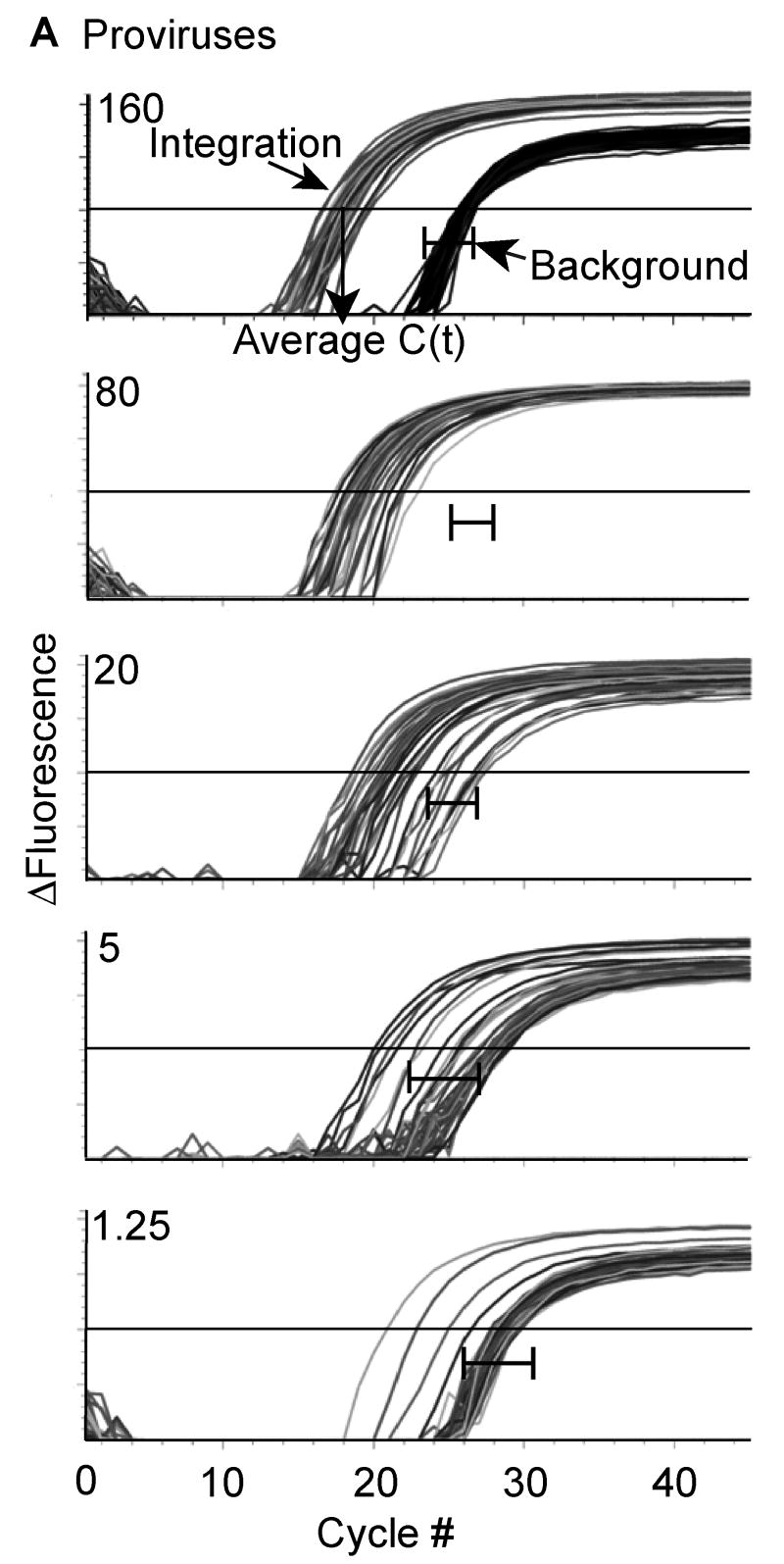Figure 1. Repetitive sampling increases the sensitivity of the integration assay.

1A. DNA from the polyclonal IS was diluted into a constant amount of uninfected human genomic DNA and subjected to our 2-step Alu-PCR. The first PCR reaction used primers to Alu and gag or only primers to gag. The second PCR reaction used HIV-1 specific primers to the LTR elements, R and U5. For each dilution sample, Alu-gag and gag-only (background) amplification was measured 40 times and the provirus number was determined. At low proviral copy number, integration is detected at a low frequency as demonstrated by the Alu-gag amplification. For clarity, we did not show the gag-only signals at the lower dilutions, but instead show the bracketed black lines ( |―| ) which represent where the gag-only signal (background) was detected at each proviral number.
1B. A log-log relationship exists between the average cycle threshold value and the provirus number. Given the provirus number in our integration standard, we were able to determine the relationship between the average cycle threshold (CT) value and the provirus number. The average cycle threshold is obtained by averaging the cycle numbers where each PCR amplification curve crosses the y = -2.5. After calculating the average CT for IS at several provirus counts, a linear regression was performed on the natural logarithm of the average CT and the natural logarithm of the average provirus count to obtain the following formula: ln(n)≅ −9.6999 × ln(Ct) + 33.079. Each point represents 40 measurements performed at each IS concentration and the error bars represent the standard deviation.

